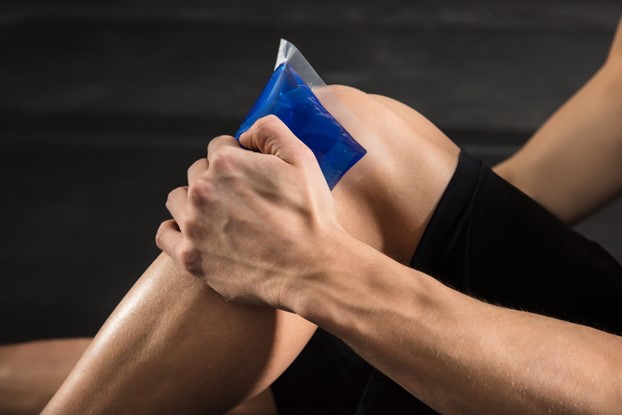A nurse is planning care for a client who has a central venous access device for intermittent infusions.
Which of the following actions should the nurse include in the plan of care?
Use an aseptic technique when changing the dressing.
Cleanse the site with povidone-iodine.
Flush the catheter using a 10-mL syringe.
Change the dressing every 24 hours.
The Correct Answer is A
The aseptic technique is important to prevent infection when changing the dressing of a central venous access device.
Choice B is not correct because povidone-iodine is not always the recommended cleansing agent for central venous access devices.
Choice C is not correct because a 10-mL syringe may generate too much pressure and damage the catheter.
Choice D is not correct because the dressing does not always need to be changed every 24 hours; the frequency of dressing changes depends on the type of dressing and the condition of the site.
Nursing Test Bank
Naxlex Comprehensive Predictor Exams
Related Questions
Correct Answer is A
Explanation
This statement indicates that the nurse understands the importance of limiting the exposure of family members to radiation from the sealed implant.
Choice B is incorrect because the dosimeter badge should not be given to the oncoming nurse at the end of the shift.
The dosimeter badge is used to measure an individual’s exposure to radiation and should be worn by the same person throughout their shift.
Choice C is incorrect because if the client’s implant dislodges, the nurse should not touch it with their hands, even if they are wearing gloves.
The nurse should follow the facility’s protocol for handling dislodged implants.
Choice D is incorrect because soiled linens from a client with a sealed radiation implant do not need to be removed from the room after each change.
The linens can be handled according to standard precautions.
Correct Answer is C
Explanation

Applying an ice pack can help reduce pain and swelling after total knee arthroplasty.
Placing pillows under the client’s knee (choice A) is not recommended as it can hinder circulation and delay healing.
Performing range-of-motion exercises to the client’s knee (choice B) may be part of the rehabilitation process but should be done under the guidance of a physical therapist and may not be appropriate for immediate pain relief.
Gently massaging the area around the client’s incision (choice D) may not be appropriate as it can cause discomfort and disrupt the healing process.
Whether you are a student looking to ace your exams or a practicing nurse seeking to enhance your expertise , our nursing education contents will empower you with the confidence and competence to make a difference in the lives of patients and become a respected leader in the healthcare field.
Visit Naxlex, invest in your future and unlock endless possibilities with our unparalleled nursing education contents today
Report Wrong Answer on the Current Question
Do you disagree with the answer? If yes, what is your expected answer? Explain.
Kindly be descriptive with the issue you are facing.
